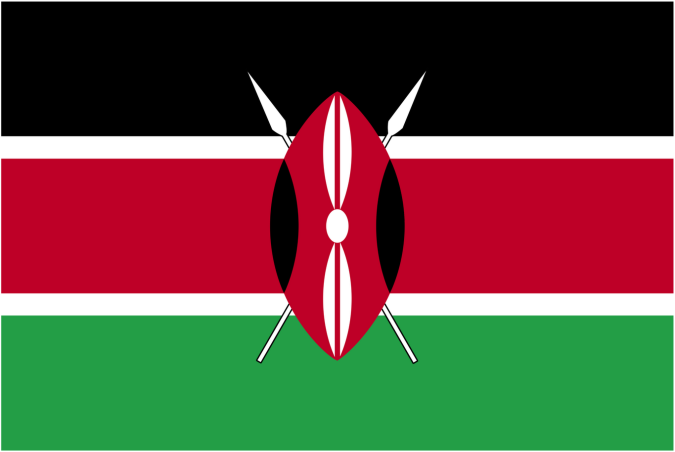Nairobi, Africa account for over half mobile money transactions

Kenya and other Sub-Saharan Africa countries account for more than half of all mobile money transactions worldwide according to new data by cellular lobby GSMA.
The report reveals that the number of live mobile money services in the Sub-Saharan Africa region reached 140 across 39 countries at the end of last year, accounting for more than half of the 277 mobile money deployments worldwide.
In the last decade there has been tremendous growth in mobile money services in the region following the launch of Safaricom’s M-Pesa in 2007.
It notes that there are now seven markets in the region where more than 40 per cent of adults are active mobile money users including Gabon, Ghana, Kenya, Namibia, Tanzania, Uganda and Zimbabwe.
“Mobile money is now achieving mass-market adoption in all corners of Sub-Saharan Africa, enabling millions of people to access financial services for the first time and contributing to economic growth and social development,” said Mats Granryd, director general of the GSMA.
“Mobile operators in the region today are using mobile money to create new financial ecosystems that can deliver a range of innovative new services across multiple industry sectors, including utilities and agriculture.”
The volume of these new types of ‘ecosystem payments’ almost quadrupled between 2014 and 2016 and now account for about 17 per cent of all mobile money transactions, driven by a significant rise in the number of mobile-based bill payments.
There were 277 million registered mobile money accounts across Sub-Saharan Africa at the end of 2016 and 1.5 million registered agents.
Mobile money users have historically been concentrated in East Africa, home to major mobile money markets such as Kenya, Tanzania and Uganda.
However, the latest data suggests that user growth is now being driven by other markets in the region, notably West Africa. Almost 29 per cent of active mobile money accounts in Sub-Saharan Africa are now based in West Africa, compared to just 8 per cent five years earlier.
BUSINESSDAILYAFRICA
 Africas leading resource for digital financial services
Africas leading resource for digital financial services


comments